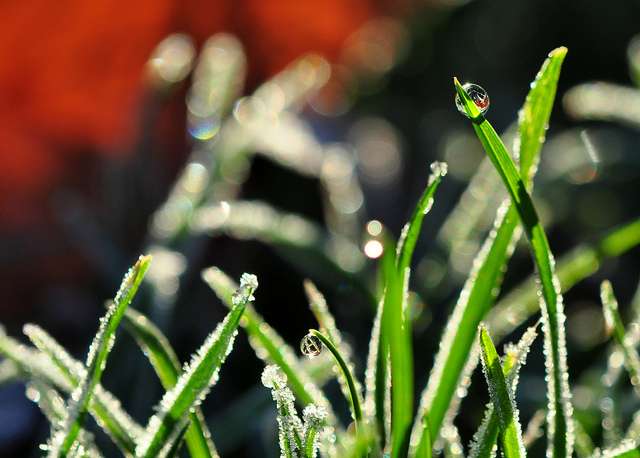Eagle-eye view to inform crop frost management

Discovering the wavelengths that can best capture the devastating impact of a frost event on broadacre crops could provide WA farmers with another tool to fight back against this common but destructive event.
University of Western Australia (UWA) and CSIRO scientists will use remote sensing technology to map frosted crop areas to assist farmers make business decisions after a frost event using affordable, on-farm technology.
The project will use a wide range of electromagnetic wavelengths, including visible, near infrared and thermal reflections or emissions, to determine the best method for rapidly identifying frost damaged plants.
UWA agronomist Ken Flower, together with Geographic Information Systems and remote sensing experts Bryan Boruff and Nick Callow, are part of the four-year project which will include Unmanned Aerial Vehicles (UAVs) or drones; and thermal, hyper, and multi spectral cameras to detect frost-damaged plants.
The project will not only consider the best wavelengths and camera options to assess damage after a frost event, but also the best times to capture the damage and the best platforms to deploy the cameras.
Frost damage will change the light signature of a plant compared with a non-frosted plant because of the change in the physiology, Dr Flower says.
"Farmers generally know which paddocks are frost prone, but we also want to know which specific areas within a paddock have been frost damaged to allow rapid business decisions to be made," he says.
"In just one paddock, the temperature can be extremely variable, as a result of the different soils, open zones, high stubble, sloped areas, and other factors."
The project will measure temperature variations vertically and horizontally in the crop canopy using a disturbed temperature sensing system (DTS).
The DTS uses optic fibre cable that can run for many kilometres and be configured to give an accurate distribution of the temperature between the ground canopy and across the paddock.
"We can then measure the variations in canopy temperature, crop damage and reflected wavelengths and correlate that to the final yield," he says.
The project is funded by the Grains Research and Development Corporation through the National Frost Initiative, and will link with the Department of Agriculture and Food WA's frost trials in the Wheatbelt where scientists are considering varietal responses to frost.
Provided by Science Network WA
This article first appeared on ScienceNetwork Western Australia a science news website based at Scitech.




















